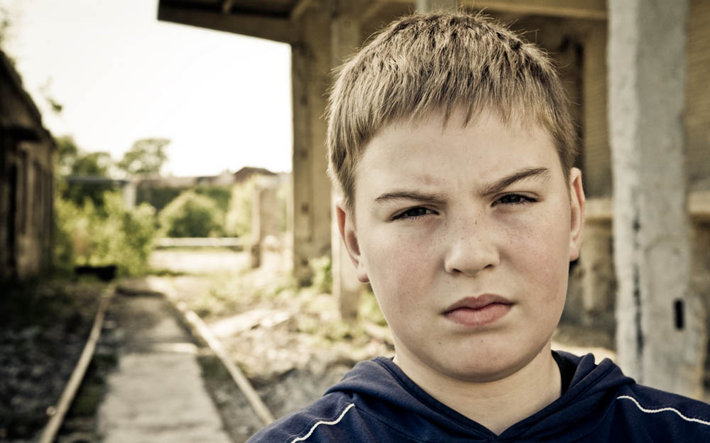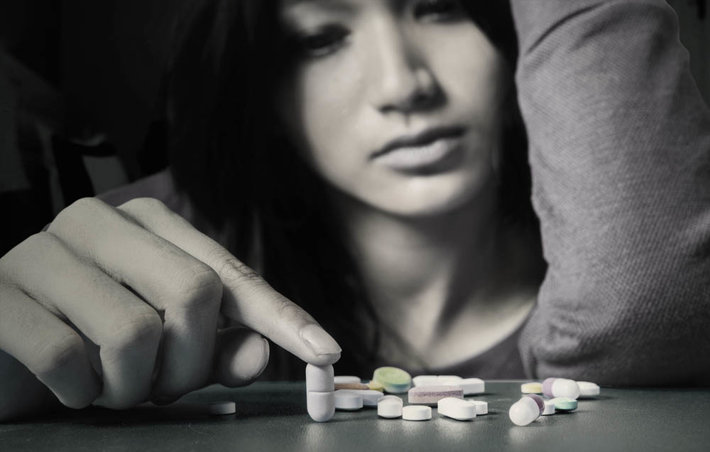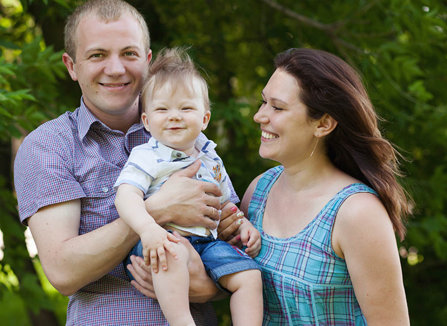Children Who Become Addicted
Who Suffers from Addiction?
Part 2

By the time our children finish high school, at least 40% of them have used an illicit drug and 70% of them have drunk alcohol. This is according to the annual Monitoring the Future Survey of secondary-school-aged children in the US. What’s more, 22% of our high school seniors had consumed enough alcohol to be drunk in the two-week period before they were surveyed. And one in each 15 high school students was smoking marijuana daily or nearly daily.
These statistics occur despite the best efforts of parents and teachers to direct our youth along drug-free paths. While each story has its own unique qualities, there are some patterns found to the approach to addiction seen in young people.
Many teens start going to parties where they share drugs or alcohol with other youth. They start stealing alcohol from parents and perhaps neighbors or the homes of friends. Some youth get false ID cards and go to bars or liquor stores. Marijuana is another common drug of abuse among the young.

Prescription drug abuse is another path to addiction for the young. They will get pills from friends or from their parents’ medicine chests. Or they might lift them from other family members or even other homes they visit.
Unfortunately, some young people get a taste for drugs after they receive them from their own family doctors or psychiatrists. Adderall, Ritalin, even Prozac may be prescribed for young people seen as overactive or overstressed. A sports injury or car accident may result in a prescription for painkillers. An extended course of these pills can give a teen a tolerant attitude toward drug use or even themselves result in the first stages of addiction.
When Teens Reach Adulthood, Substance Abuse Doesn’t Just Go Away
As teens grow up and go off to college or start working, their substance abuse patterns go with them. College may allow a person to increase substance abuse without his (or her) parents knowing.
A young person who starts working or who marries and starts a family carries those habits along with him, too.
One habit that is going to accompany this drug abuse is lying. A young person learns very early how to lie and manipulate those around him. As the need for drugs and alcohol increases, the lying and manipulation keep others from interfering. The addicted unfortunately can be so skillful in manipulation that the destructive habit can go on for years before the family realizes that the only answer is drug rehab.
Along the way, a deterioration of morals and integrity begins to change the person’s life dramatically. If necessary, the addicted person will resort to crime to keep the drug habit supplied. One person may sell drugs and another may steal and trade, pawn or sell whatever they can get their hands on. Families routinely find that valuables in the home are missing. Many must change their locks to get the thefts to stop.
For many young people who follow this path to addiction, there either comes a day when they ask for help or there is a moment where the family intervenes. The unlucky ones overdose before there is a chance for either action to save their lives.
Some lucky ones find the Narconon drug rehabilitation program. For many young people, the Narconon program was the only rehab they ever needed.
Narconon Enables the Addicted to Build New, Sober Lives
The Narconon program is different. It is not a 28-day program and does not use substitute drugs as part of long-term treatment. It is not a drug-based program. In the event that it is medically necessary that a person be stepped down from their current level of drug use—as is often the case with benzodiazepines and alcohol, they would complete this prior to starting the Narconon program.
The unique Narconon approach starts as soon as a person arrives in the Withdrawal Unit. Instead of being administered further drugs, the individual is given nutritional supplements and minerals to help calm the body’s reaction to the withdrawal of addictive substances. Each person works constantly with the staff to stay oriented, calm and positive. Those completing this first phase of recovery describe it as tolerable and manageable, especially when compared to earlier attempts at getting clean.
The whole Narconon program that follows is designed to put a person back in control of his (or her) life. He learns communication skills that enable him to impose some self-discipline, perhaps for the first time since addiction stole that skill. He finds out he can overcome cravings through a unique detoxification process that combines sauna, nutrition, and exercise. He develops problem-solving skills, finds relief from the guilt that accompanies addiction and refreshes his sense of personal morality.
Overcome Drug Addiction Today

By the end of the Narconon program, an addict can be free from the horrible shackles of addiction and capable of building a new life based on production and positive values. The goal of the program is a drug-free individual.
If you find yourself in the situation of needing help for a loved one who has been lost to addiction, call Narconon today and learn all about this drug-free, non-Twelve Step rehab program.
See also:
- Who Suffers from Addiction? Part 1
- Who Suffers from Addiction? Part 3: Husbands and Wives
- Who Suffers from Addiction? Part 4: Employees and Employers
 ®
®